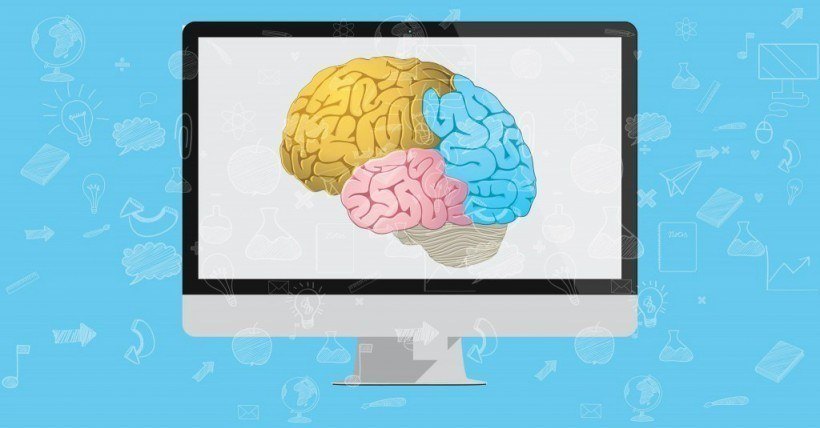What Is The Self-Fulfilling Prophecy?
Just a quick recap on what the self-fulfilling prophecy means in the context of a classroom: Students (partially) achieve in school, what they think they are worthy of and capable of. A student that has always believed he or she is capable of great things and getting high grades is a lot more likely to get them. A student that somehow got to believe he or she is not the brightest bulb in the box will perform accordingly.
Note that these ideas can be manifested due to some personal level of confidence, but can also be manifested by the way others approach the individual, like a teacher. This may sound “woolly” at first, but many psychological researchers have found this effect in educational context. Take this famous example by Rosenthal and Roberts (2003): In their study, teachers were arbitrarily told that random students were “going to blossom”. Oddly enough, those students actually performed better than students who weren't pointed out to be “promising”. This implies that the teachers subconsciously altered their approach towards those students who they expected to excel. As a result, these students did excel.
How Can eLearning Minimize Potential (Negative) Effects Of The Self-Fulfilling Prophecy?
Though this effect may inspire educators to approach all of their students as gems, we all know this is a hard ideal to realize. As much as we strive to exclude bias in our teaching, we can't deny we all have students that we believe are more likely to excel than others. These expectations could unintentionally result in a “special treatment”. Likewise, we could unintentionally signal to other students that we expect them to be less capable, clever or promising than others. Signaling this during a process of learning could be at the expense of our students’ future accomplishments.
Now this is where the computer comes in! It might be an unexpected advantage to eLearning, but computers don't signal special treatments, preferences, or dislikes, as they don't have any emotions. It is as simple as that; computer don't know our students, have no history with them, and will not convey any questionable subconscious messages. Thus, eLearning tools can be promising for teachers to hold all variables in judgment even, and give all students equal chances.
Flipped classrooms are particularly suitable to achieve this outcome. In a flipped classroom, the lecturing process is done outside the classroom instead of inside. Teachers upload lectures, links, and materials, so students listen and prepare theory at home. When the class starts, they do what we traditionally called “homework”: they apply their learned materials based on questions. In class they can do that by means of discussions and debates, led by their professors.
How To Find The Right Tool
When the learning process takes place on a computer, there is little possibility as a teacher to convey unintentional messages. Students learn at their own pace, with no social distractions or signals. Online study tools provide the opportunity to communicate set messages of encouragement to improve or excel. Here are two things to consider:
- Tools which have a clear and accessible user experience will facilitate trust and enthusiasm for a student to participate and adopt the novel way of studying.
- Opt for tools that communicate optimism and support to the user when studying. Important moments where this is could be communicated is when a student gets feedback: Think of amount of correct answers and wrong answers given and how the tool phrases ones general progress. If this is wisely programmed in the tool, it can enforce a positive, equal learning environment for our students.
In eFaqt teachers can invite their students to study their course together, by creating and sharing content with them. In turn, students can learn at their own pace in a digital environment, exchange their study material easily in the class, and teachers can monitor the progress of the students as they practice.









